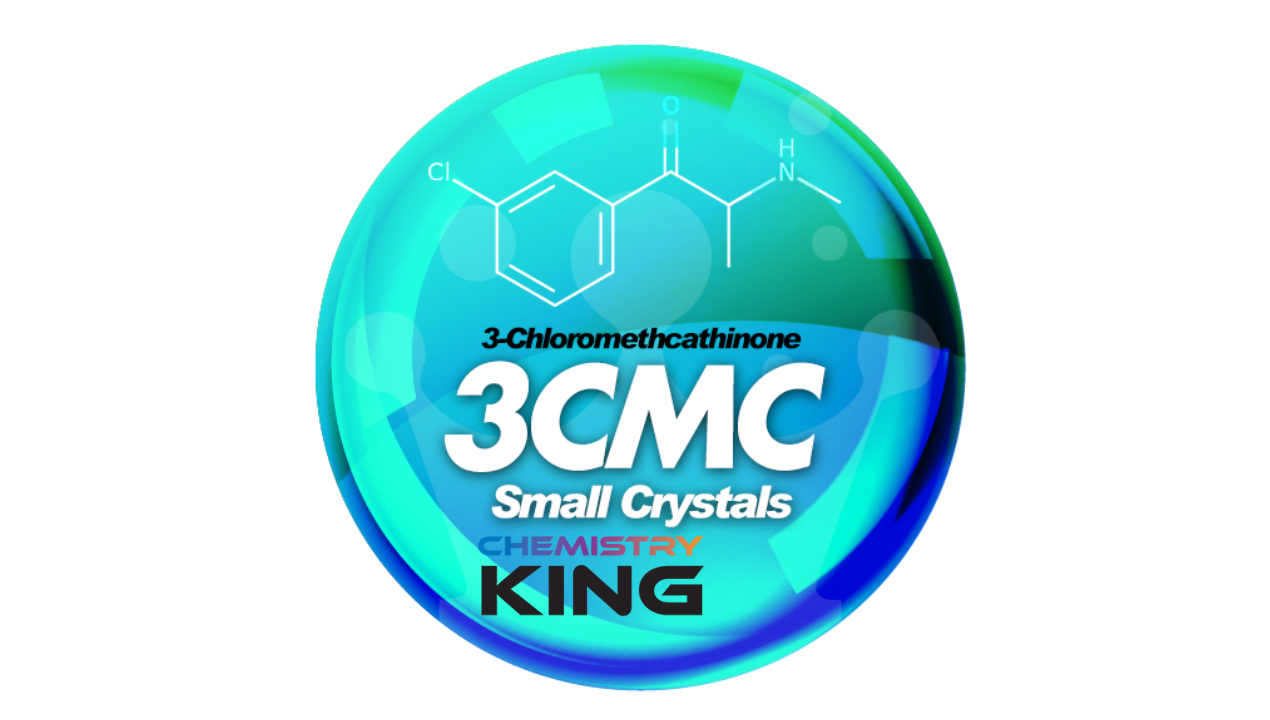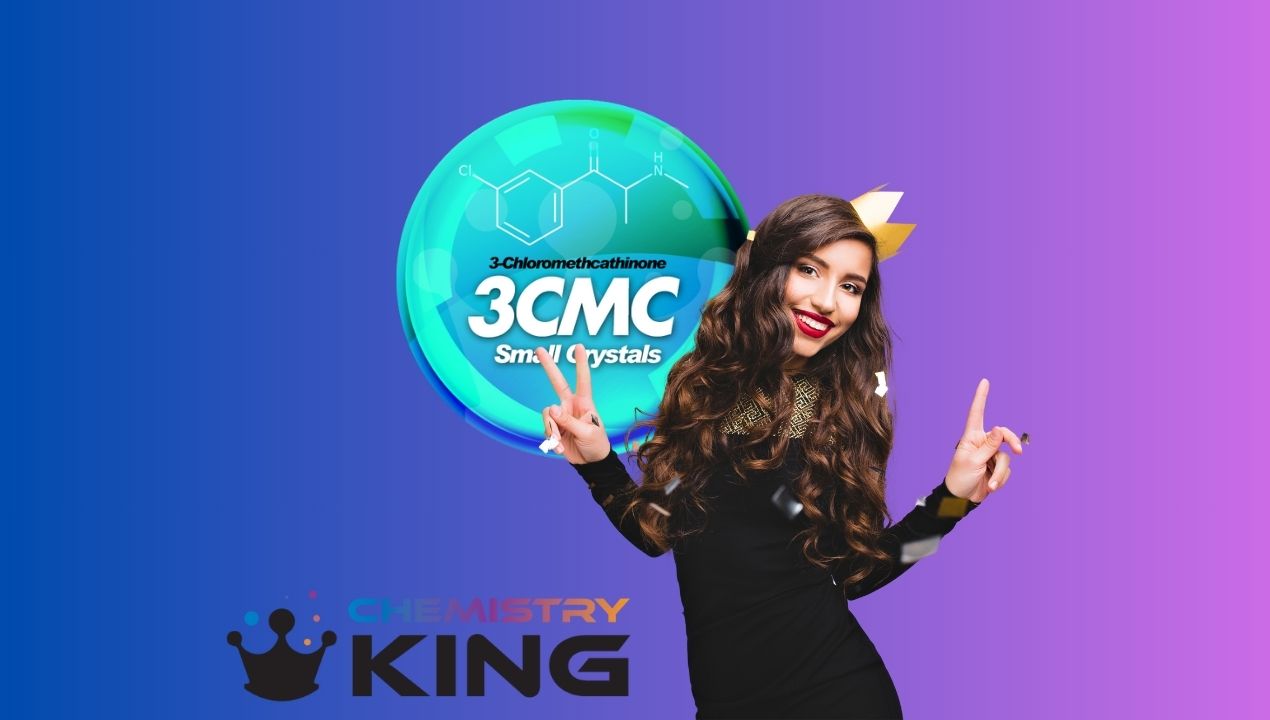How to Test 3CMC Purchased Online
Premium research chemicals, lowest prices guaranteed
How to Test 3CMC Purchased Online: A Step-by-Step Guide
Welcome to the world of research chemicals! If you’ve recently purchased 3CMC online from a reputable source like Chemistry King, it’s essential to know how to test its purity and authenticity before diving into your research. Testing ensures that you’re working with a high-quality product, which is crucial for accurate and reliable results. In this guide, we’ll walk you through the process of testing 3CMC in a playful yet informative manner. Let’s get started!

Understanding 3CMC
3CMC, also known as 3-Chloromethcathinone, is a synthetic stimulant that belongs to the cathinone family. It’s widely used in scientific research to study its effects on the central nervous system and its potential applications in various fields. Before using 3CMC in your experiments, it’s important to confirm its purity to ensure the validity of your research findings.
Step 1: Gather Your Testing Materials
To begin testing your 3CMC, you’ll need the following materials:
- Reagent Test Kits: These are essential for identifying the presence of specific compounds in your sample. Common reagents include Marquis, Mecke, and Mandelin.
- Scale: A precise digital scale for measuring your sample accurately.
- Protective Gear: Gloves and safety goggles to protect yourself from potential exposure.
- Glass Containers: Small, clean glass containers for mixing and observing reactions.
- Distilled Water: For dissolving and preparing your sample.

We sell our products exclusively to customers aged 18 and over, strictly for research purposes only.

Step 2: Conduct a Visual Inspection
Start with a simple visual inspection of your 3CMC. High-quality 3CMC should appear as a white or off-white crystalline powder. Look for any signs of discoloration, clumping, or foreign particles, which could indicate contamination or impurity.
Step 3: Perform a Reagent Test
Reagent testing is a quick and effective way to screen for the presence of specific compounds in your 3CMC sample. Here’s how to do it:
- Prepare Your Sample: Weigh a small amount of 3CMC (around 10-20 mg) using your digital scale.
- Add the Reagent: Place the sample in a glass container and add a few drops of the reagent (Marquis, Mecke, or Mandelin). Each reagent reacts differently with various substances, so it’s best to use multiple reagents for a comprehensive analysis.
- Observe the Reaction: Carefully observe the color change and compare it to a reference chart provided with the reagent kit. For instance, a positive reaction with the Marquis reagent for 3CMC might produce a yellow to green color change.

Step 4: Thin-Layer Chromatography (TLC)
For a more detailed analysis, consider performing Thin-Layer Chromatography (TLC). This method allows you to separate and identify the components of your sample.
- Prepare the TLC Plate: Apply a small spot of your dissolved 3CMC sample onto the TLC plate.
- Develop the Plate: Place the plate in a developing chamber containing a solvent. The solvent will travel up the plate, carrying the sample with it.
- Analyze the Results: Once the solvent has evaporated, visualize the separated components under UV light or by using a staining reagent. Compare the results with known standards to identify the purity and composition of your 3CMC.
Step 5: High-Performance Liquid Chromatography (HPLC)
For the most precise analysis, High-Performance Liquid Chromatography (HPLC) can be used. This advanced technique provides detailed information about the purity and concentration of your 3CMC.
- Prepare the Sample: Dissolve a measured amount of 3CMC in a solvent compatible with your HPLC system.
- Run the Sample: Inject the solution into the HPLC machine, which will separate and analyze the components based on their interactions with the column and mobile phase.
- Interpret the Data: Review the chromatogram produced by the HPLC. Peaks in the chromatogram correspond to different compounds in your sample. The area under each peak can be used to determine the concentration of each compound.

Step 6: Verify with Lab Testing
For absolute certainty, consider sending a sample of your 3CMC to a certified laboratory for professional analysis. Labs use advanced techniques like Gas Chromatography-Mass Spectrometry (GC-MS) to provide a detailed report on the composition and purity of your sample.
Testing 3CMC purchased online is a crucial step to ensure the accuracy and safety of your research. By following these steps—visual inspection, reagent testing, TLC, HPLC, and professional lab analysis—you can confidently verify the purity of your 3CMC. Remember, working with high-quality chemicals is paramount for reliable research results.
Happy researching, and stay safe!
FAQ and How We Can Help
Frequently Asked Questions answered here; don’t hesitate to ask more!
3CMC, or 3-Chloromethcathinone, is a synthetic stimulant used in scientific research. Testing it is crucial to ensure its purity and authenticity, which guarantees the accuracy of your research results.
Start with a simple visual inspection. High-quality 3CMC should appear as a white or off-white crystalline powder. Look for any signs of discoloration, clumping, or foreign particles, which could indicate contamination or impurity.
Common reagent test kits include Marquis, Mecke, and Mandelin. These kits help identify specific compounds in your 3CMC sample by observing color changes when the reagents are applied.


